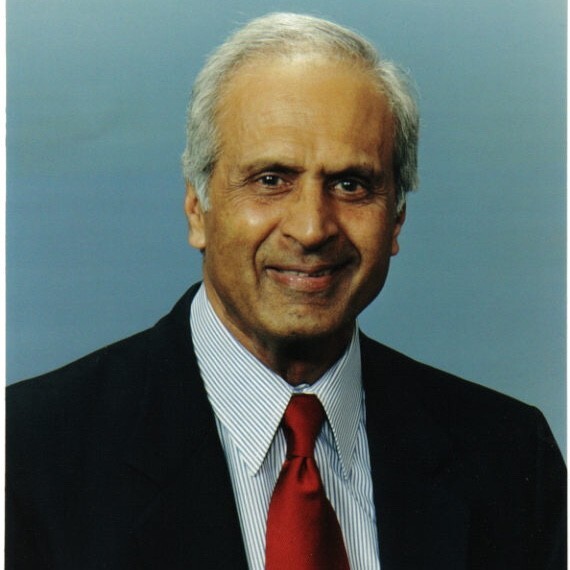Inquire
So, What IS Your Management Style?!

In my coaching practice I often help clients prepare for job interviews. My client pool is full of middle managers and executives, who are often looking for new opportunities. One of the common interview questions that stumps them is when their hiring manager or others interviewing them ask this dreaded question: So, what is your management style?
Initially, during the our practice interview session most of my clients respond with the pabulum: I always have an open door policy; I communicate openly and keep all my direct reports in the loop; I do not micromanage; I ask for team’s input; and so on. Although there is nothing wrong with this response it does not paint you as an inspiring leader for whom their team members will go above and beyond to deliver the exceptional, not merely what is expected.
So, what would be a good response to this question: What is your management style?
To answer this question one must reflect on what brings out the best in anyone doing their job. Studies have shown that in a creative environment team members do their best when they are given the freedom to pursue:
Autonomy, Mastery, and Purpose
Let’s look at each one and see how we can respond to the original question with a compelling answer:
Autonomy has to do with how much freedom you are providing your team members to operate within the framework that allows them to carry out their mission. So, for a leader (or manager) to be effective their first order of business is to understand the context in which the team members are expected to deliver what is required. Autonomy excludes micromanaging. But, as a leader/manager you have the responsibility to ensure that things stay on track when you provide this autonomy to your team members. So, creating clear accountabilities up-front is an essential part of providing autonomy.
Another factor that enters this discussion is being hands-on. Most people confuse being hands-on with being a micro manager (on both sides of this conversation). So, when the question of being hands-on comes up in this discussion, a good way to clarify your style would be to say, Once I set the context for my project I provide my team members the autonomy they need to create the best outcome. I set up clear accountabilities and then provide oversight to ensure that things stay on track, without micromanaging. Then repeat, I am very hands-on that way, but I do not micromanage.
Mastery has to do with one’s desire to constantly get better at what they do. This can happen in a variety to ways: Letting your team members take calculated risk for them to learn new ways of doing things; mentoring them as they are navigating through their project to find ways to improve things; challenging them to create new outcomes, which they may not on their own; etc. By creating a leadership environment where team members are encouraged to create new breakthroughs by risk-taking and by constantly challenging them is a good way to help them seek mastery.
Purpose has to do with why we are doing what we do. So, setting the context (see Autonomy above) and tying that to the overall purpose of your work can be presented in a compelling way. In a purpose-driven workplace team members are driven by something larger than themselves. A good leader constantly reminds their team members of this purpose and keeps them inspired to do their very best. Often, once the purpose is clear the leader does not even have to remind the team members of what the purpose is. Purpose-driven teams breathe fire!
One other factor that can be added to this discussion is recognition and reward. If team members show initiative, autonomy, take risks, and deliver the exceptional, they must be recognized for their work. Sometimes, this happens through both reward and acknowledgement of their contribution to success. As their leader you have the responsibility to ensure that team members are properly acknowledged and rewarded for their contributions.
So, there you have it. Once you understand the spirit of this idea of how a strong leader/manager gets things done, you can package the message in a language that works for you and then deliver your response to this all-important leadership question.
Good luck!
- Managerial Effectiveness!
- Future and Predictions
- Motivatinal / Inspiring
- Other
- Entrepreneurship
- Mentoring & Guidance
- Marketing
- Networking
- HR & Recruiting
- Literature
- Shopping
- Career Management & Advancement


 SkillClick
SkillClick